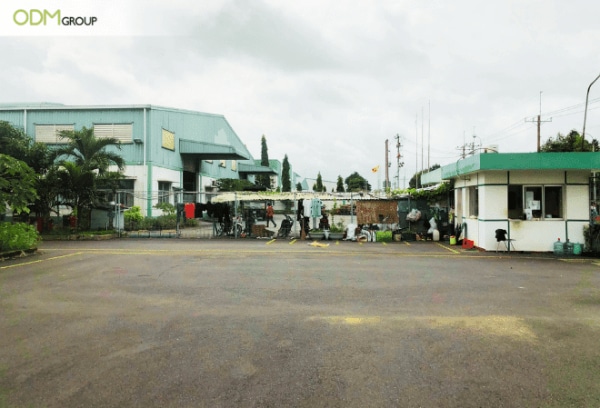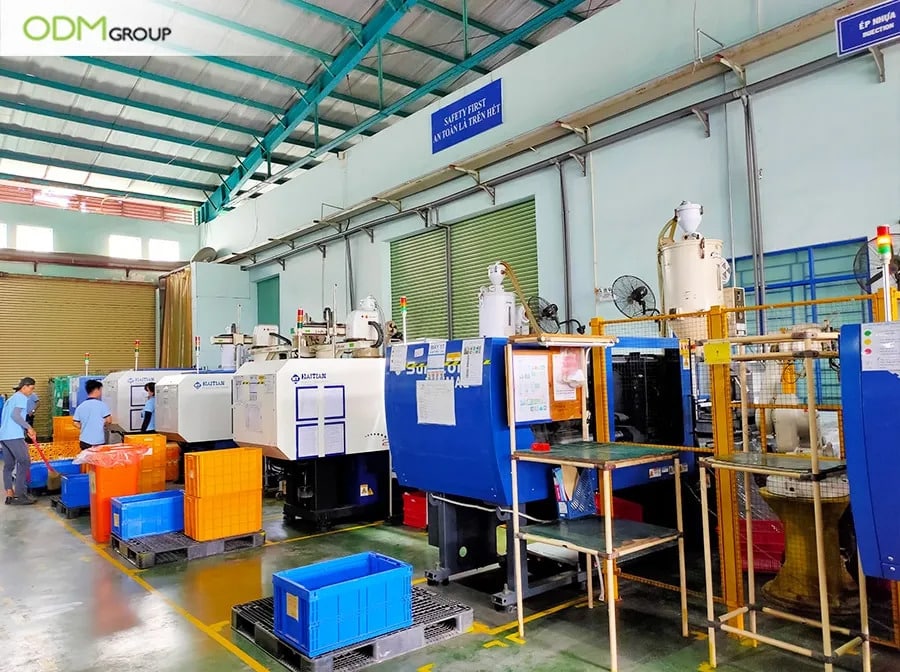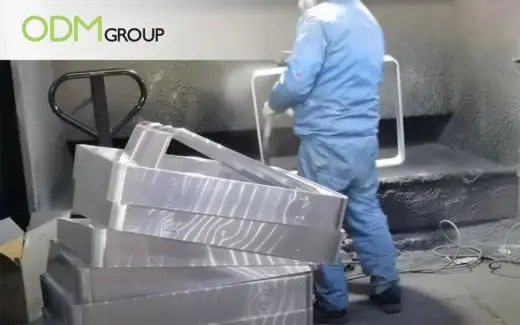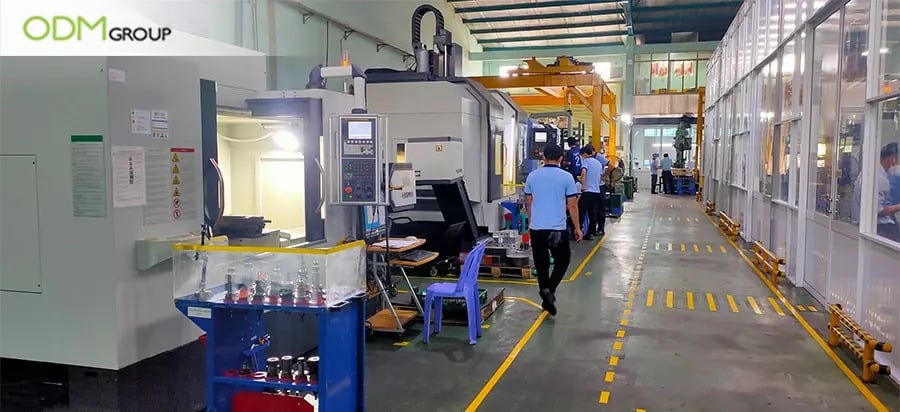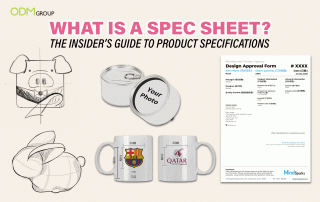When it comes to choosing which supplier your brand will work with for your promotions, it should be an informed decision based on laws and set standards. These can come through documents such as a factory audit. To help you make that huge decision, here’s a quick how to audit a factory guide for you!
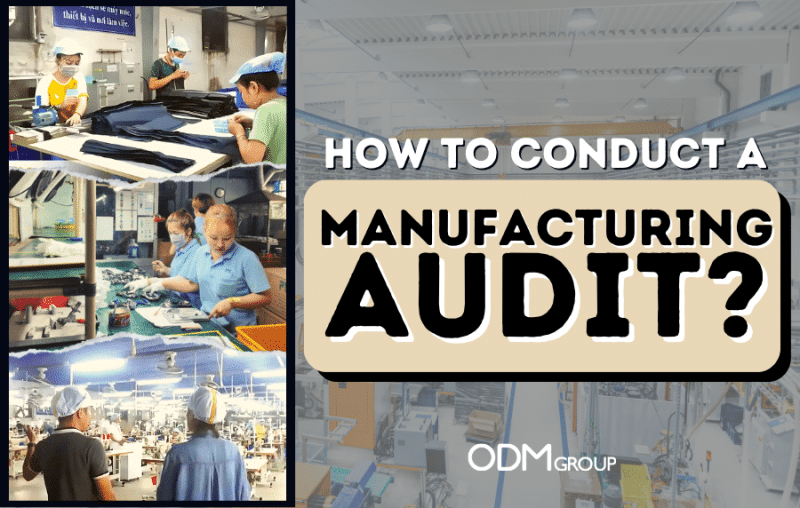
First and foremost, a factory audit is a standardized verification process that provides brands and businesses vital information such as working conditions, management and production system of the supplier. It’s usually the last step before businesses close the deal with the supplier and start production.
Factory audits are also used to monitor the factory as part of supplier quality management. It makes sure the production remains high-quality and within the brand requirements.
This is important for every brand because factory audits inform them of information such as if the factory can handle their order, store the materials and the products properly and if they’re in compliance with the laws.
Types of Factory Audits
Before we dive into the process of a factory audit, you must first be informed of the common types of factory audits that you can use based on what product, business or services you offer. We listed six of them for you!
How to Audit a Factory?
1. Preparation
The first step in the preparation phase is to clearly define the audit objectives.
This includes identifying the scope of the audit, the areas of focus, and the specific standards or criteria that will be used to evaluate the factory’s performance.
Prior to the actual audit, the audit team will typically conduct a pre-audit briefing with the factory management team.
During this briefing, the audit team will explain the audit objectives and process, as well as provide guidance on how the factory can prepare for the audit.
2. Areas to Evaluate
The auditor typically conducts a preliminary assessment of the factory to identify the key areas that need to be evaluated in greater detail.
This may involve reviewing documents such as the factory’s business license, quality management system, environmental management system, health and safety policies, and labor standards.
Based on the findings of this preliminary assessment, the auditor will then develop a more detailed audit plan, which outlines the specific areas that will be evaluated in greater detail during the audit.
3. On-Site Inspection
During the inspection, the auditor will evaluate the factory’s compliance with various standards and requirements, such as safety regulations, quality control processes, environmental impact, and labor practices.
The inspection usually starts with a physical tour of the facility, during which the auditor will examine the condition of the equipment, machinery, and production lines.
They will also assess the cleanliness and organization of the factory, looking for any potential hazards or safety issues.
The auditor will then review the factory’s documentation, such as permits, licenses, and records of production processes and quality control procedures.
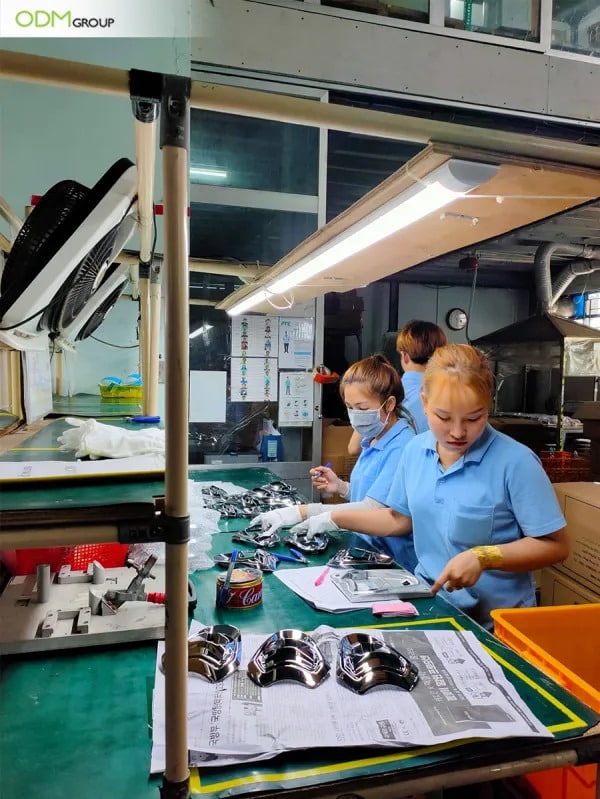
4. Reporting
After the inspection is complete, the auditor will compile a report outlining their findings, including any non-compliance issues identified and recommendations for improvement.
The report may also include a risk assessment, which evaluates the potential impact of any non-compliance issues on the factory’s operations, reputation, and overall business performance.
It will be shared with the factory management and any relevant stakeholders, such as customers or regulatory bodies.
The factory will then have an opportunity to address any issues raised in the report and make necessary improvements before undergoing future audits.
5. Follow Up
The follow-up audit aims to ensure that the corrective actions proposed by the factory have been implemented and are effective in addressing any non-compliance issues that were identified during the initial audit.
During the follow-up audit, the auditor will review the corrective action plan (CAP) provided by the factory to ensure that it addresses all of the non-compliance issues identified during the initial audit.
The auditor will also review any evidence provided by the factory to demonstrate that the corrective actions have been implemented and are effective.
10 Tips in Conducting a Factory Audit
Performing a factory audit is a crucial step in assessing a supplier’s manufacturing capability, capacity, quality management systems, and compliance with regulations.
Here are some tips to help you conduct a successful factory audit:
Factory Audit Vs. Quality Inspection
| Criteria | Factory Audit | Quality Inspection |
|---|---|---|
| Purpose | Conducted to assess the factory’s overall capability to produce goods | Performed to check the quality of the products produced by the factory |
| Scope | A comprehensive assessment of the factory’s entire manufacturing process, including production capacity, quality control procedures, equipment, and personnel | Focused on the inspection of finished goods only |
| Frequency | Typically conducted less frequently than a quality inspection. A factory audit may be performed once a year or less | May be conducted on every batch or shipment of products |
| Assessment Criteria | Based on a set of predetermined criteria that evaluate the factory’s overall performance, such as production capacity, quality control, and management systems | Based on specific criteria that evaluate the product’s quality, such as product specifications, packaging, labeling, and physical appearance |
| Outcome | A report that highlights the factory’s strengths, weaknesses, and areas for improvement | A report that indicates whether the products meet the specified quality standards or not |
What Documentation is Typically Reviewed During a Factory Audit?
During a factory audit, various types of documentation are typically reviewed to assess the quality and safety standards of the manufacturing process. Some of the common documents that may be reviewed during a factory audit include the following:
- Quality control manuals: These manuals outline the company’s quality control procedures, such as inspections, testing, and documentation requirements.
- Production records: These records provide a detailed account of the manufacturing process, including the materials used, production dates, and batch numbers.
- Standard operating procedures (SOPs): SOPs outline the step-by-step instructions for each stage of the manufacturing process, including equipment usage and maintenance.
- Training records: These records demonstrate that employees have received the necessary training and certification to operate equipment safely and follow proper procedures.
- Safety documentation: This includes safety manuals, hazard communication plans, and incident reports, which demonstrate the company’s commitment to maintaining a safe work environment.
- Certifications and permits: These documents demonstrate that the company has obtained all necessary certifications and permits to operate its facility and manufacture its products.
- Environmental documentation: This includes documents such as environmental permits, waste management plans, and pollution prevention plans, which demonstrate the company’s compliance with environmental regulations.
What Steps Can a Factory Take to Prepare for a Successful Audit?
Preparing for a successful audit requires careful planning and attention to detail. Here are some steps a factory can take to prepare:
Learn more about industry-related audits and inspections here:
When it comes to mass production, aside from factory audits before and during manufacturing, it’s also integral to conduct quality control. This process ensures the products delivered to clients and ultimately, to end-users, meet the International Standard Organization (ISO) requirements precisely. Learn more about QC here:
Another type of audit that is beneficial for both the factory and the brands looking to outsource their products is the Sedex Audit. Get to know more about it and its two types in the blog below:
Here at ODM, we provide training in Sedex Audit Processes as well as QC & factory audits. Here’s a peek and details of a Sedex training we attended in China.
To check if enterprises operate in an ethical, transparent and sustainable way, the amfori BSCI audit by the Foreign Trade Association (FTA) is conducted. This audit is valid for two years. See all details here:
Read about factory visits in these blogs below:
Our team visited a plastic mould manufacturer in Vietnam that we partnered with before. Check out the blog below for everything we’ve learned about the company.
As one of the largest coffee-producing countries in the world, Vietnam found another way to use its coffee beans and reduce its plastic use. Here’s a factory visit to a manufacturer of coffee bean products!
Take a look at the process of custom sign manufacturing from cutting raw materials to displaying the samples during our factory visit! We talked about it in the blog below:
Cosmetics products are everywhere nowadays. Ever wonder about the packaging of these products? We visited an aluminium tube factory and you can learn more about it here:
To ensure top-notch quality products, ODM visited this PVS table mats factory and here’s the process of manufacturing them:
To Sum It All Up,
Factory auditing is a crucial tool for companies looking to ensure that their supply chain operates in a responsible and sustainable manner. By conducting regular audits, companies can identify potential risks and issues within their supply chain, including unsafe working conditions, environmental violations, and non-compliance with labor laws.
Moreover, working with their suppliers to improve their operations allow companies can create a more stable and reliable supply chain that benefits everyone involved.
Why ODM?
At ODM, we understand the importance of reliability and commitment when it comes to being a procurement partner for businesses. We take pride in our ability to provide top-notch services and products to our clients, and we know that this is only possible through our partnerships with esteemed manufacturers.
By maintaining an active presence at our suppliers’ facilities through a factory audit, our team can stay informed about any issues that may arise and address them in a timely manner. This helps to ensure that our clients receive high-quality products that meet their specifications and requirements.
Factory Auditing FAQs
All you need to know about conducting factory audits!
What is a factory audit?
A factory audit is an evaluation process that aims to assess the overall quality, reliability, and compliance of a factory. This audit can be conducted by a third-party auditor or an internal auditor from the buyer's company. The primary purpose of a factory audit is to ensure that the factory meets the required standards and that the supplier has the necessary resources, processes, and systems to manufacture products that meet the buyer's specifications.
What are the different types of factory audits?
There are several different types of factory audits that can be conducted depending on the specific needs and requirements of the organization. Here are some common types of factory audits: Manufacturing audit, environmental audit, ethical audit, structural audit, C-TPAT audit, and food supplier audit.
What are the steps involved in conducting a factory audit?
Conducting a factory audit involves a thorough assessment of a manufacturing facility's processes, policies, and practices. The following are the steps involved in conducting a factory audit: Determining the audit scope, developing an audit checklist, scheduling the audit, conducting the audit, analyzing the results, providing recommendations, then audit follow up.
What documentation is typically reviewed during a factory audit?
During a factory audit, various types of documentation are typically reviewed to assess the quality and safety standards of the manufacturing process. Some of the common documents that may be reviewed during a factory audit include: Quality control manuals, production records, standard operating procedures, training records, safety documentation, certification and permits, and environmental documentation.
What steps can a factory take to prepare for a successful audit?
Preparing for a successful audit requires careful planning and attention to detail. Here are some steps a factory can take to prepare: Know the audit requirements, conduct a pre-audit assessment, ensure a good documentation process, train employees, conduct internal audits, assign a point person, maintain a clean and organized facility, and be transparent all the times.
